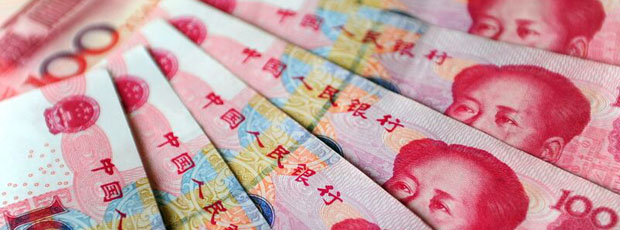5/11/2015
Asia / Economics

With the global economy in such mediocre shape, every scrap of export growth matters, pushing Asian exporters to explore markets in Latin America and Emerging Europe.
Asia continued to grow its exports at a seemingly decent pace even when the global economy was flat. Measured with a basket of US dollars, euros and Japanese yen, Asia’s exports have trended northward at an 8% pace since early-2011. How so? Who’s buying?
The biggest driver of Asia’s export growth is Asia itself. The region’s GDP continues to grow at 6.25%, as it has for the past four years. But it’s not just about Asia. Exports to Japan have continued to grow, albeit slowly, in tri-currency terms. Exports to developed Europe stopped falling in early-2013 and have risen in the past two years. That U-turn has helped Asia a lot.
Additionally, exports to the US have expanded at a 5%-6% per year pace in tri-currency terms. How was that possible when US import growth was barely half that? By further penetrating the US market: stealing market share. Some 55% of Asia’s growth was due to greater penetration, while only 45% came from a bigger US pie.
With the global economy in such mediocre shape, every scrap of export growth matters. Besides the usual markets – the US, developed Europe and Japan – Asia is breaking new ground in Latin America and Emerging Europe. Asia’s exports there have grown by 13 to 14 times since 1999. By the end of 2014, exports to Latin America and Emerging Europe accounted for 6% of all Asia-10 exports – making those two markets as important to the region as Japan.
As with the US, Asia isn’t just sending more exports to Latin America and Emerging Europe, it’s stealing market share. Asia has tripled its Latin America market share since 1999 and doubling its share in Emerging Europe. Plainly, stealing market share has raised Asia’s export revenues by far more than organic growth alone would have done.
At the end of the day, constant upgrading of skills and productivity is what gives any country higher incomes. It allows economies to produce more for less and become more competitive in the process. Penetrating global markets is one way to measure that increased competitiveness. Asia continues to break new ground in old markets such as the US, and new ground in new markets such as Latin America and Emerging Europe. Asia is slowing down, as all developing economies must do. But lifting competitiveness and penetrating global markets would prevent countries from slowing more than they should. It’s all the more important when the global economy runs at such a pedestrian pace.
To read the full report, download the PDF.




